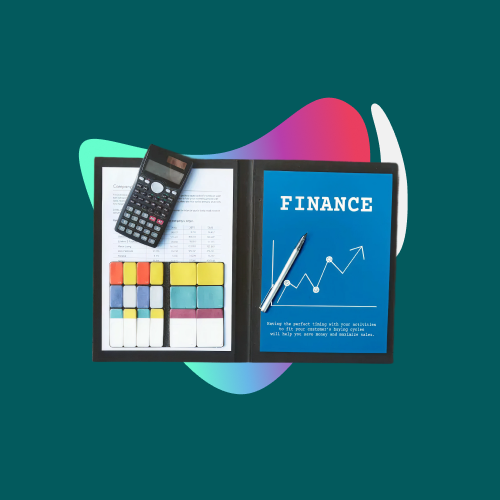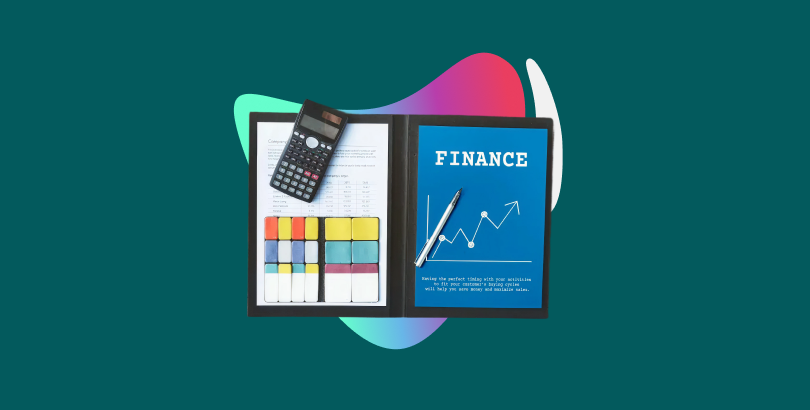
How AI can improve construction site security monitoring and safety
Construction sites are increasingly vulnerable to theft, vandalism, and safety incidents. In the US alone, these losses amount to roughly $1 billion annually, and halted work due to security breaches can cost around $10,000 per day in labour downtime and project delays. In the UK, nearly 90% of tradespeople express concern about tool theft.
Traditional methods, like manual patrols and standard CCTV are fraught with limitations. Human guards can be overwhelmed or misdirected during off-hours, and CCTV systems often lack intelligent analytics, creating blind spots and delayed response capabilities.
This is where AI site monitoring makes a difference. AI-powered systems apply advanced computer vision and learning algorithms to continuously monitor sites in real time, detect threats automatically, and alert teams proactively, creating a smarter, more resilient approach to securing people and assets.
What is AI-powered construction site security monitoring?
AI-powered construction site security monitoring uses intelligent software and connected devices to provide real-time surveillance, detect threats, and improve on-site safety. These systems analyse live video and sensor data to identify security breaches, unsafe behaviour, or environmental risks without relying solely on human guards.
Unlike traditional security, which depends on manual patrols or CCTV reviewed after incidents, AI site monitoring responds instantly. Technologies such as computer vision recognise people, vehicles, and equipment; motion detection AI filters out harmless movement; machine learning improves accuracy over time; and IoT integration connects cameras, sensors, drones, and access control into one unified network. The result is a proactive security approach that can prevent theft, reduce downtime, and ensure compliance with safety protocols.
Key benefits of AI in construction site security
-
Real-time threat detection
AI systems analyse live feeds to instantly detect unauthorised access, theft attempts, or safety hazards. Alerts are sent immediately, enabling rapid response and reducing the risk of losses or accidents. -
Improved worker safety
AI site monitoring can track personal protective equipment (PPE) compliance and restrict access to hazardous zones. This helps prevent workplace injuries and ensures adherence to safety regulations. -
24/7 automated monitoring
Unlike human patrols, AI-powered surveillance operates continuously without fatigue, covering large areas and multiple camera feeds simultaneously. -
Cost savings
By reducing the need for extensive on-site security staff, companies can maintain strong protection while lowering operational costs. -
Evidence collection
AI-enhanced video analytics provide high-quality footage, timestamps, and incident reports that can support investigations and insurance claims.
How AI integrates with existing construction security systems
One of the key advantages of AI in construction security is that it can be layered onto existing infrastructure, reducing the need for a full system overhaul. AI analytics can be added to current CCTV networks, enabling real-time detection of intrusions, unsafe behaviour, or equipment movement without replacing cameras.
Integration with IoT sensors and drones enhances coverage by tracking temperature changes, vibrations, air quality, and aerial site activity. This provides a multi-dimensional view of both security and safety risks. All data streams feed into cloud-based monitoring dashboards, allowing project managers and security teams to view live site conditions, receive instant alerts, and review incident reports from anywhere. This connected approach ensures faster response times and smarter decision-making.
Challenges and considerations for AI in construction security
-
Data privacy and compliance with local laws
AI monitoring involves capturing and storing video, audio, and sensor data. Construction companies must ensure compliance with local privacy regulations and industry standards to protect both worker and site information. -
System integration and interoperability
AI tools work best when connected to existing CCTV, access control, and IoT systems. Poor integration can create data silos and limit the effectiveness of security automation. -
Accuracy in extreme weather or lighting conditions
Harsh sunlight, heavy rain, fog, or low-light environments can impact AI detection accuracy. Systems must be trained and tested for these conditions. -
Staff training for AI system use
Security teams need training on how to interpret AI alerts, manage dashboards, and respond to incidents effectively. This ensures the technology delivers maximum value.
Building safer, smarter construction sites
AI-powered security is transforming how construction sites are protected. By combining real-time threat detection, continuous monitoring, and safety oversight, AI enables faster responses, fewer incidents, and stronger compliance with safety regulations. It creates a smarter, more proactive approach that safeguards both people and assets.
As construction projects become larger and timelines tighter, the urgency to adopt AI in construction security grows. Companies that move early in 2025 will gain a competitive advantage through reduced downtime, lower security costs, and improved worker safety, while those that delay risk falling behind.
If you are ready to explore how AI site monitoring could strengthen your security strategy, speak with Geeks today. We can help you identify the right use cases and deliver a working prototype in just 10 days.










